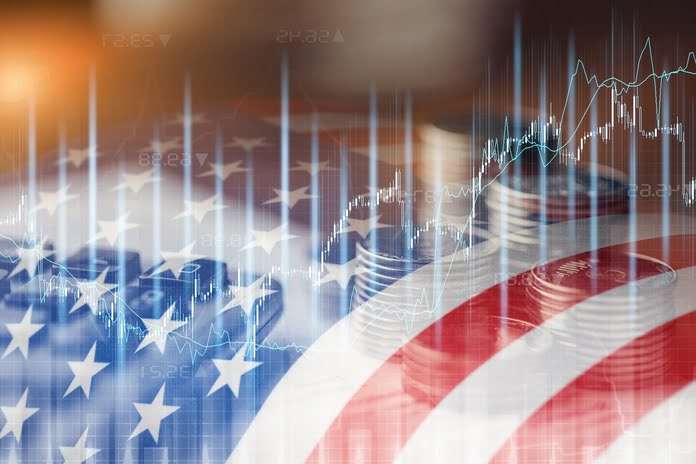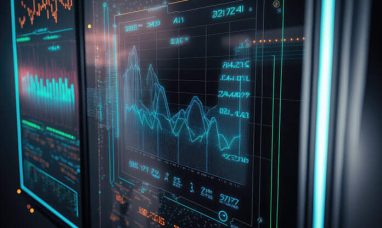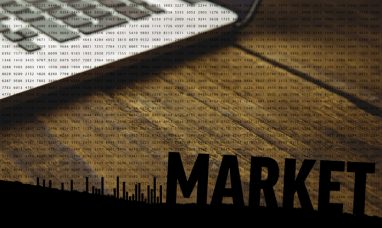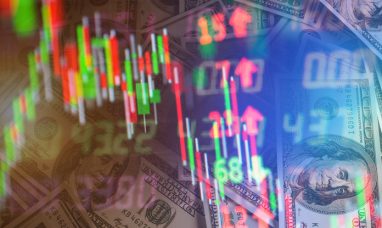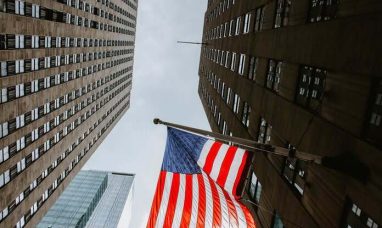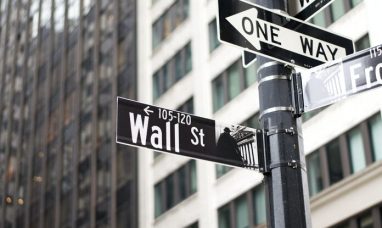The US economy exhibited robust growth, surprising analysts with a 3.3% annual pace in the last quarter, indicating continued resilience. Despite challenges such as high interest rates and frustrating price levels, Americans displayed a willingness to spend freely. The Commerce Department’s report on Thursday highlighted a slight deceleration from the previous quarter’s 4.9% growth rate but still marked the sixth consecutive quarter with a GDP growth of 2% or more.
Consumer spending, accounting for approximately 70% of the total economy, drove growth in the fourth quarter, expanding at a 2.8% annual rate. This encompassed spending on various items, from clothing and furniture to recreational vehicles, as well as services like hotels and restaurant meals.
While the October-December quarter maintained a robust growth pace, inflationary measures continued to ease. Consumer prices rose at a 1.7% annual rate, down from 2.6% in the third quarter. Excluding volatile food and energy prices, core inflation came in at a 2% annual rate.
The economic landscape will likely influence voters’ decisions in the upcoming November elections. Despite previous concerns, Americans are becoming more optimistic about inflation and the economy, potentially sustaining consumer spending and influencing voters’ choices.
There is growing confidence that the Federal Reserve is steering towards a rare “soft landing,” adjusting borrowing rates to cool growth, hiring, and inflation without triggering a downturn. Inflation, which reached a four-decade high in 2022, has steadily decreased without causing significant layoffs.
Contrary to predictions, the economy accelerated last year, reaching 2.5% from 1.9% in 2022. Economists, like Rubeela Farooqi from High Frequency Economics, forecast ongoing expansion in economic activity in the coming quarters, anticipating a potential upside to growth as the Fed considers rate cuts.
A year ago, the economic outlook appeared bleak, with a high likelihood of a U.S. recession. However, the current slowdown in inflation, though significant, leaves overall prices nearly 17% higher than pre-pandemic levels, posing a critical question for voters.
The Fed’s interest rate hikes, initiated in March 2022, were a response to rising inflation during the pandemic recovery. The central bank raised its benchmark rate to 5.4%, the highest level since 2001, by July last year. While inflation slowed from 9.1% in June 2022 to 3.4% last month, it remains above the Fed’s 2% target.
Despite these adjustments, the economic progress has come with minimal cost. Job additions averaged 225,000 per month over the past year, and unemployment has stayed below 4% for 23 consecutive months. The cooling job market has eased pressure on companies to raise pay, with employers posting fewer job openings.
The economy’s resilience can be attributed to consumers emerging from the pandemic in good financial shape, aided by government stimulus checks. While concerns exist about potential weakening in the coming months, recent data showed increased consumer spending in December, concluding the holiday shopping season on a positive note. Economists like Joe Brusuelas believe that consumer spending is stronger than indicated by the data, suggesting increased holiday splurging on travel and other services.
Featured Image: Freepik @ BillionPhotos









